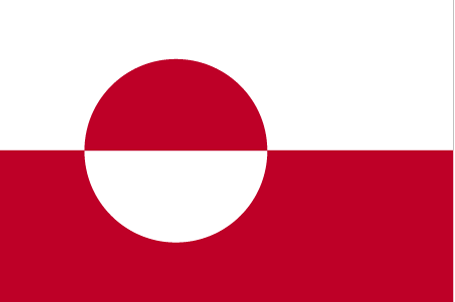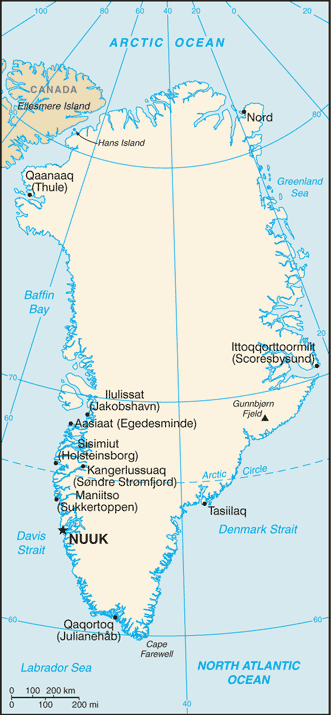Investing in Greenland


The economy remains critically dependent on exports of shrimp and fish and on a substantial subsidy - about $650 million in 2009 - from the Danish Government, which supplies nearly 60% of government revenues. The public sector, including publicly owned enterprises and the municipalities, plays the dominant role in Greenland's economy. Greenland's GDP contracted about 2% in 2009 as a result of the global economic slowdown. Budget surpluses turned to deficits beginning in 2007 and unemployment has risen. During the last decade the Greenland Home Rule Government (GHRG) pursued conservative fiscal and monetary policies, but public pressure has increased for better schools, health care and retirement systems. The Greenlandic economy has benefited from increasing catches and exports of shrimp, Greenland halibut and, more recently, crabs. Due to Greenland's continued dependence on exports of fish - which account for 82% of exports - the economy remains very sensitive to foreign developments. International consortia are increasingly active in exploring for hydrocarbon resources off Greenland's western coast, and international studies indicate the potential for oil and gas fields in northern and northeastern Greenland. In May 2007 a US aluminum producer concluded a memorandum of understanding with the Greenland Home Rule Government to build an aluminum smelter and a power generation facility, which takes advantage of Greenland's abundant hydropower potential. Within the area of mining, olivine sand continues to be produced and gold production has resumed in south Greenland. Tourism also offers another avenue of economic growth for Greenland, with increasing numbers of cruise lines now operating in Greenland's western and southern waters during the peak summer tourism season.
Grønlandsbanken - http://www.banken.gl/
Greenland Investing News
2011-08-26 - (ft) - The struggle for Greenland's oil
Learn more:
Back to Country Investing



